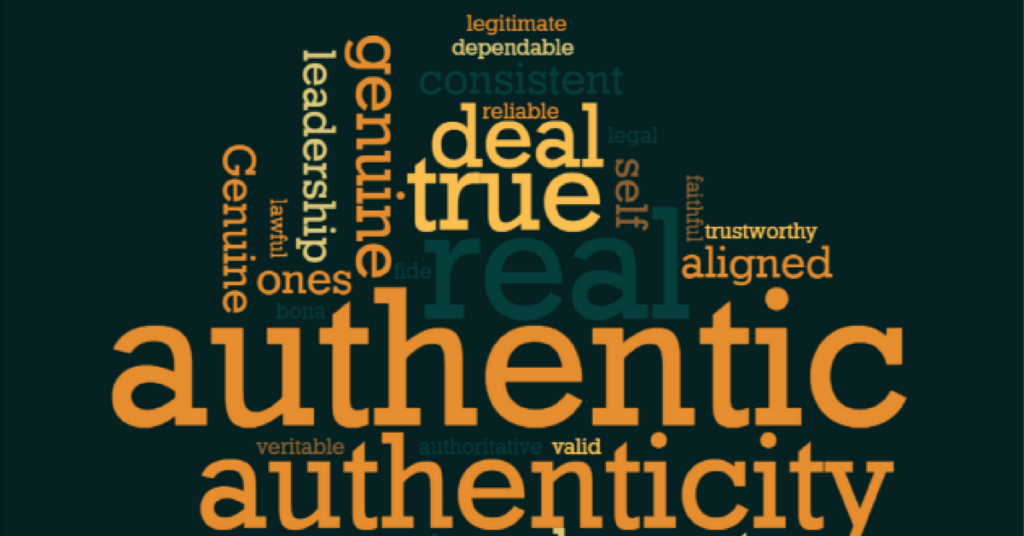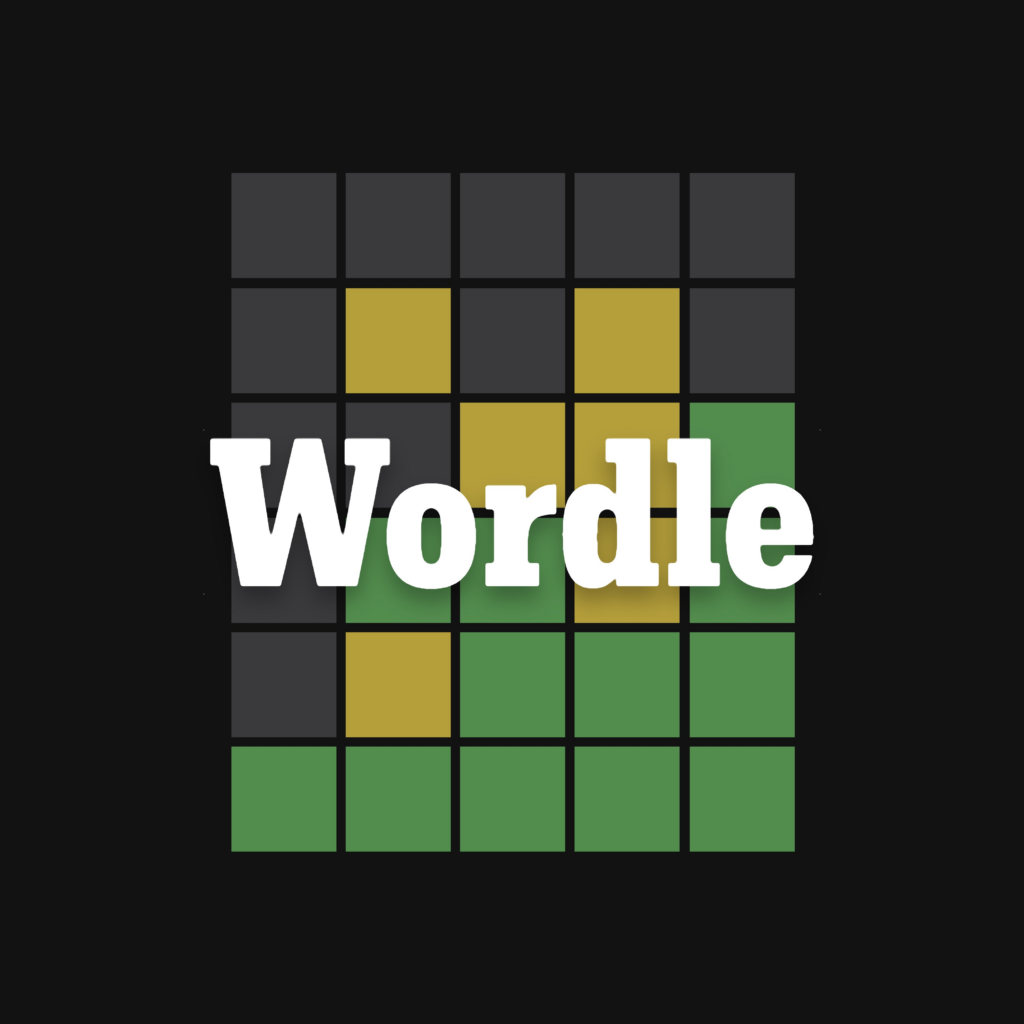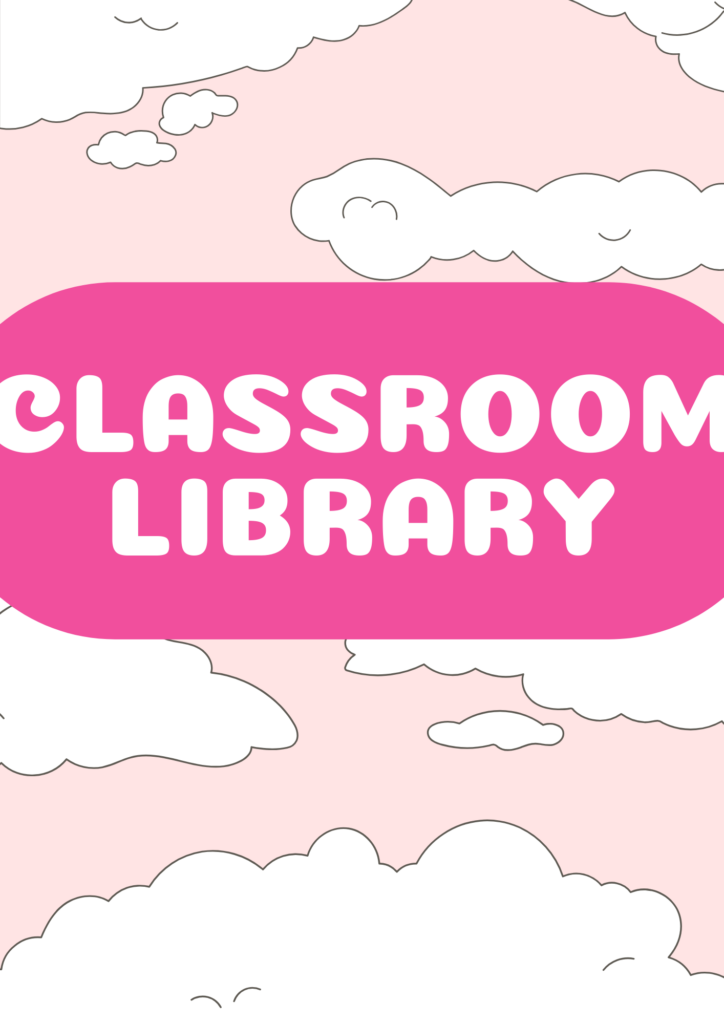Putting First Nations Texts at the Center by Roxanne Harde
Summary: Roxanne discusses her over thirty-year engagement with Indigenous children’s literature, focusing on representations of First Nations peoples in literature for children and young adults. She was motivated by personal connections to the Sweetgrass Cree Nation and a desire for realistic portrayals, she talks about her experiences as a librarian, and her role in building a diverse library for the Little Red River School.
Roxanne provides a thoughtful critique, delving into the inaccuracies within “The Little House on the Prairie” series. It was a childhood favorite, my mother and I shared the joy of reading together. However, upon reading Roxanne’s article and conducting my own brief research, I’ve come to appreciate the importance of prioritizing accurate and culturally appropriate texts. I’ve reconsidered its place on my list of favorite series, recognizing the value of seeking narratives that align with more accurate representations and perspectives.
Why are Authentic Sources Important?

Let’s start with the basics: why does having authentic sources matter? For me, it’s about making sure that every child can connect with the books they read and see themselves in the stories. Authentic sources also play a role in educating students about various cultures and ways of life, offering them the opportunity to explore and learn at their own pace. Ultimately, it’s about sparking curiosity, encouraging questions, and fostering a love for continuous learning. It also fits under the grade six social studies curriculum: “Apply criteria to evaluate selected sources for credibility and reliability”
What is considered an Authentic Source?

From my perspective, an authentic source comes from credible and genuine authors, maintaining accuracy to the topic. When the source explores a specific culture, it has authenticity if it is written by individuals belonging to that culture or has received explicit permission from someone within the cultural community. This standard ensures reliability and a respectful representation, fostering a deeper understanding of diverse perspectives.
Tips for Finding Authentic Sources:
- Research the author and illustrator: a quick Google search can tell you a lot about an author and whether or not they are credible and genuine. If that does not give you the answers you are looking for or you are not sure, research further. Finding official biographies or other works by the author can be helpful.
- Ask! The school librarian or Indigenous education worker are great people to ask to find out if a source is authentic.
- Consider cultural accuracy
- Read reviews on the specific book and the author. These can tell you a lot









